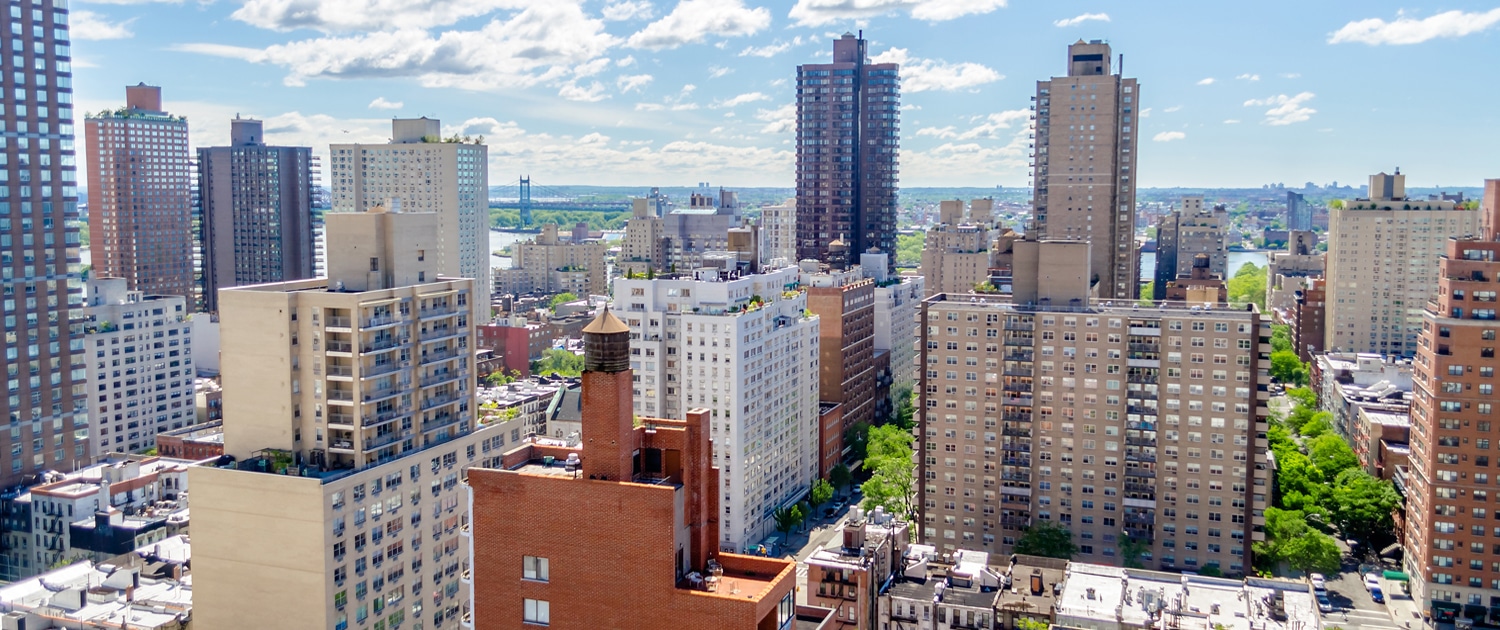

Blog
On April 18th, Introduction 1253-2018 was approved by the New York City Council along with several other major pieces of legislation as part of a Climate Mobilization Act. While it will take some time to more precisely gauge impact across the industry, here is an initial primer.


On April 18th, Introduction 1253-2018 was approved by the New York City Council along with several other major pieces of legislation as part of a Climate Mobilization Act. The Urban Green Council describes it as “arguably the most disruptive in our lifetime of the NYC real estate industry.” We agree. While it will take some time to more precisely gauge impact across the industry, here is an initial primer.
Update: On May 18th Intro 1253 was passed into law as Local Law 97 of 2019.
Previous building energy legislation in NYC has focused primarily on providing the market with access to information in the form of benchmarking and audits. In response to increasing demands for more urgent climate action, this new local law will actually require energy performance levels – and significant retrofits in some cases – in most existing buildings over 25,000 square feet between now and 2030 and deeper reductions beyond 2030.
The law establishes targets for carbon-emissions intensity per square foot for buildings based on occupancy class. For instance, multifamily buildings, office buildings, schools, and storage facilities will have different intensity targets. Mixed-use buildings will have their targets set based on a weighted average of their different spaces. Across all segments, these targets will get ratcheted down over time. Building on the type of data submitted as part of annual benchmarking, all tenant and owner energy used at a particular building will be converted to carbon intensity per square foot.
Starting in 2024, buildings will be fined on an annual basis for carbon footprint that exceeds their targets. Based on their performance today, approximately 20% of buildings exceed the 2024 – 2029 targets while approximately 75% of buildings exceed the 2030 – 2034 targets, according to the City Council’s press release. As an alternative to this performance-based framework, rent regulated multifamily buildings with at least one rent stabilized apartment will be required to implement a prescriptive list of upgrades by 2024. These upgrades include indoor temperature sensors providing feedback to boilers and apartment thermostatic controls.
The lowest carbon intensity buildings today will not be at risk of fines, while higher carbon intensity buildings today will have to reduce their carbon footprint through deep energy retrofits by 2030 to avoid fines of $268 per ton of carbon emissions in excess of the building’s limit. Note that with a carbon-based metric, fuel source matters in addition to energy intensity. For instance, #2 oil results in approximately 40% more carbon emissions than gas per British thermal unit (BTU). Generally speaking, to meet the 2030 target, older steam-heated multifamily buildings will have to implement the types of upgrades outlined here, while in office buildings, tenant electricity loads that can dominate carbon footprint will need to be addressed systematically over time.
Additionally, the legislation does allow for reported GHG emissions to be reduced each year through the purchase of clean electricity or GHG offsets. Although the basic carbon reporting metric is relatively simple, evaluation of credits in the form of purchased carbon free electricity or greenhouse gas offsets will require thoughtful analysis in order to identify the most cost-effective pathway for any building to comply. The law will require an advisory group to make recommendations regarding a carbon trading approach that could allow the market to more optimally allocate resources across buildings.
While particular strategies may vary based on building systems and ownership structure, smarter buildings that align carbon-reduction strategies to most positively impact asset value and tenant experience, are a good place to start. Visit smartbuildings.nyc for further information on potential next steps. SWA looks forward to working with the market to help drive pragmatic and innovative solutions.

For more insight, be sure to check out the Buildings and Beyond podcast episode: NYC’s Green New Deal? Diving into the Climate Mobilization Act with Marc Zuluaga.
Contributor: Marc Zuluaga, Chief Executive Officer
Steven Winter Associates